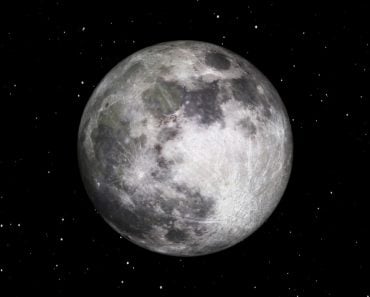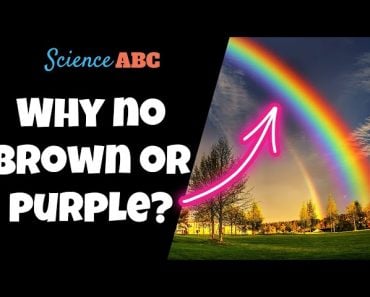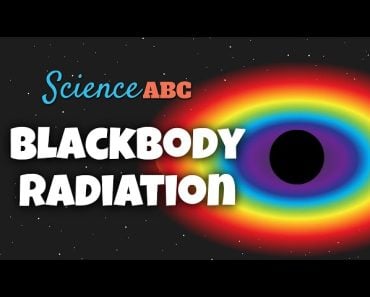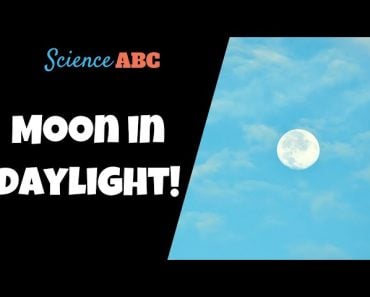You’ve had the impression since childhood that the sun is yellow, whereas the real color of the sun is actually white. The reason the sun generally looks yellow is because the Earth’s atmosphere scatters other colors like blue, green, and violet more easily.
On the other hand, colors like yellow, orange, and red are less easily scattered, giving the sun a yellowish appearance throughout the day and an orange / reddish hue near the horizon.
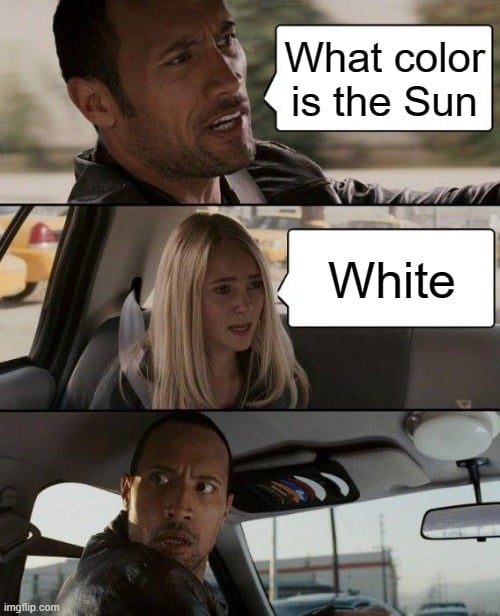
There is a strange play of physics of light scattering that affects the color, and then the marginal effects of smoke, dust, and pollution contribute to making the sun appear yellow most of the time.
I was still sceptical even when I first realized that the sun wasn’t yellow. To the naked eye, the sun doesn’t appear as a white burning star.
However, to experience this white color of the sun, one would have to overcome the earth’s atmosphere – perhaps in the International Space Station (ISS)!
Recommended Video for you:
How The Sun Gets Its Color
The light emitted by the sun, which is visible to us, is only a tiny part of the huge electromagnetic spectrum. This electromagnetic spectrum consists of a wide range of different waves, ranging from gamma rays to radio waves.
Visible light in this electromagnetic spectrum lies somewhere in the middle and is only a tiny part of the entire spectrum.
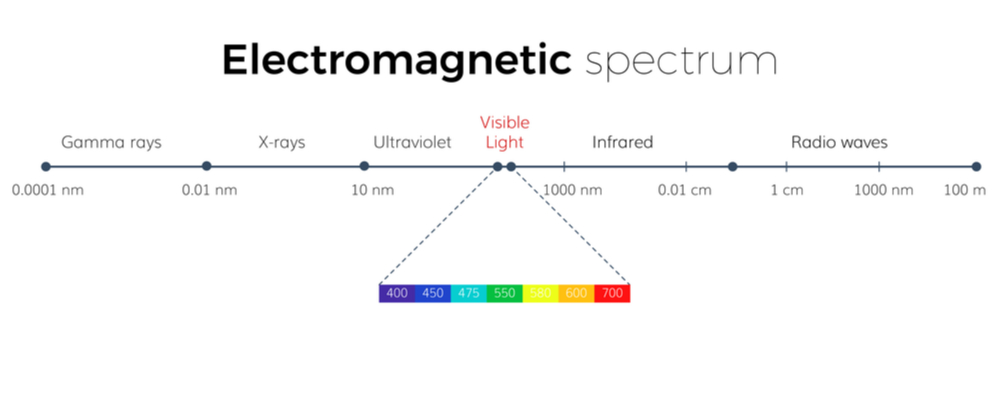
The entire spectrum of visible light emitted by the sun can best be seen through a prism. With a prism, sunlight can be broken down into its components – red, orange, yellow, green, blue, indigo and violet. These colors, from violet to red, are abbreviated as VIBGYOR.
Purple has the lowest wavelength, while red has the highest wavelength. If all these colors are combined, it forms a white color, which is the real color of the sun.
Another way to experience the individual components of the sunlight is when there is a rainbow. You can then see a beautiful spectrum of the VIBGYOR colors of visible light.

How The Earth’s Atmosphere Distorts The Color Of Sunlight
The reason why the sun appears yellow to us is the Earth’s atmosphere. When sunlight hits atmospheric particles, it causes electrons and protons to vibrate rapidly up and down, generating radiation at the same frequency as the incident light but emitting in all directions. This process of redirecting sunlight is called scattering.
The Earth’s atmosphere scatters away light in the blue, indigo, and violet wavelength region more prominently, while higher wavelength colors like red, orange and yellow are scattered sparsely. Due to this incongruous scattering, the Sun appears yellow. This is also why the sky appears blue during the day, as the blue wavelength is the most scattered color from the visible light spectrum.

Color Of The Sun In Space
If you are lucky enough to make it to the International Space Station one day, you can see the actual white color of the sun because it is not distorted by our atmosphere. From space, the sun will appear like a huge white glowing sphere.

Does The Color Of The Sun Really Matter?
Some of you may wonder if the color of the sun really makes a difference.
Well, the color of the Sun is actually significant for astrophysicists. A technique called spectroscopy is used to split the spectrum of light coming from a given star. This is done because splitting can give clues about the characteristics of the star from which the light is emitted. It can help astronomers estimate if a star is made of heavier elements or lighter elements, determining its age and behavior patterns.
Color also helps scientists estimate the temperature of a star. Contrary to intuition, cooler stars are actually colored red. Betelgeuse, a relatively cool star with about 3500 Degrees Kelvin, has a decidedly reddish color.
Hotter stars, such as Rigel, which lie above 10,000 Degree Kelvin, appear bluish. Our sun is estimated at 5800 Degree Kelvin, and when viewed from outside the Earth’s atmosphere, it appears white.
For eons, we lived with the idea that the color of the sun is yellow. In fact, we are so accustomed to the idea of a yellowish sun that astronomers often artificially alter the images of our white sun to make it appear more “natural”!
Now that you know all this, next time a teacher asks you to draw a picture of the Sun, draw it in white instead.
If you’re asked why your sun is not yellow, give a quick lesson about the atmosphere, the light, and the world around it!





